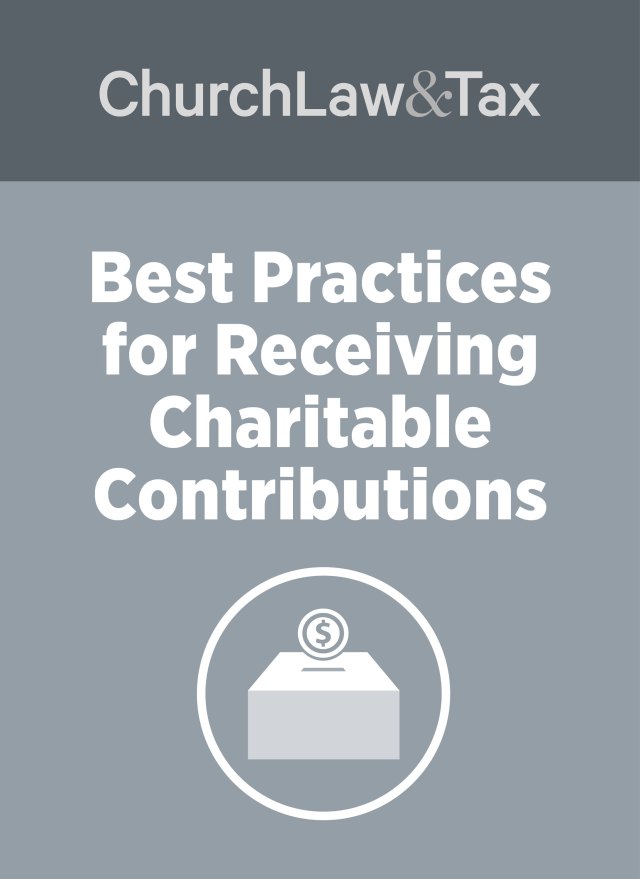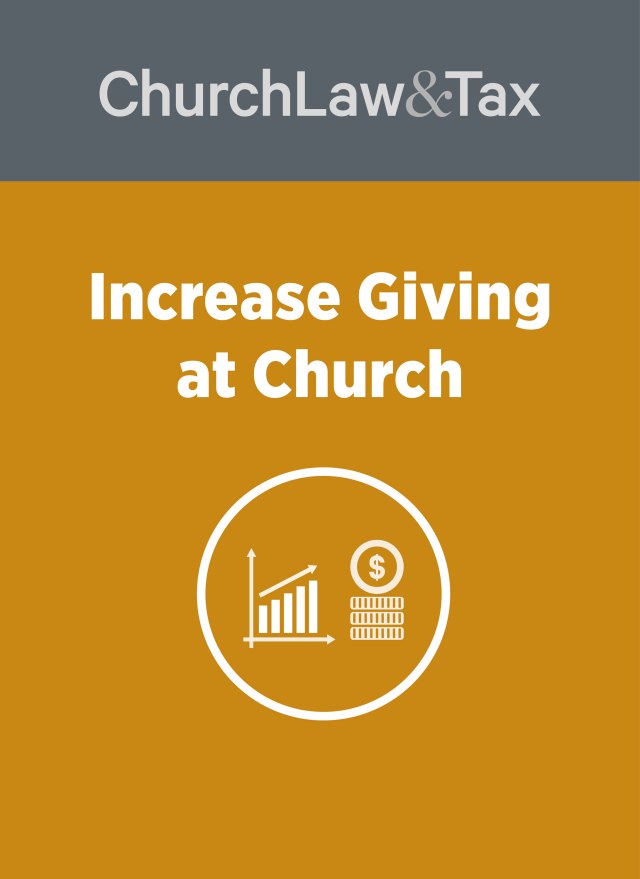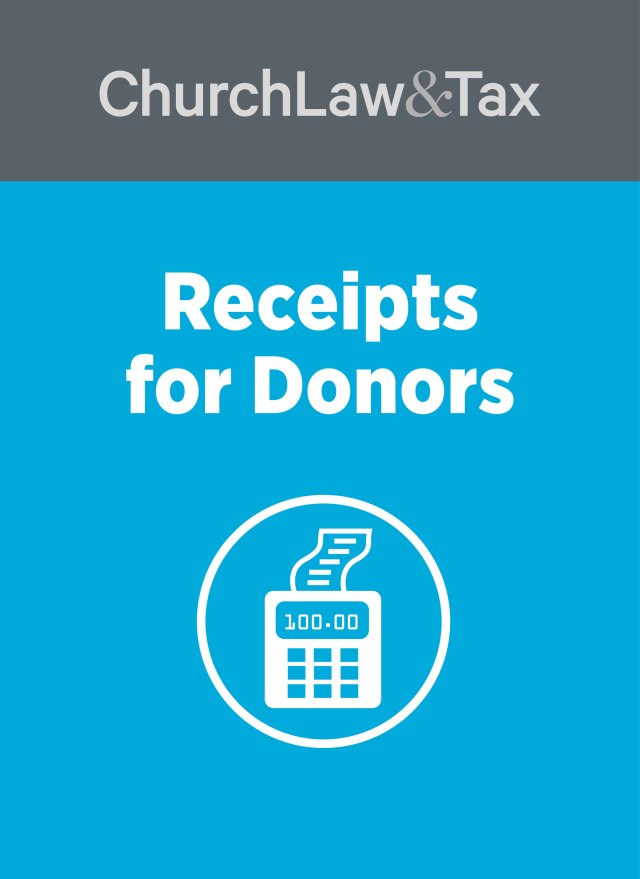The only time a church mortgage gives any cause to celebrate is when it’s burned. Otherwise, it’s a drain on resources. Interest payments can easily triple or quadruple the cost of a church building.
Beracah Bible Church decided to forgo the joy of mortgage burning for something better: no mortgage at all. Here’s how it did it:
When our church began, our board of trustees quickly agreed that the congregation would function on a “pay-as-you-go” basis. Simply put, this policy allows us to spend only the money already in hand.
Two factors led to this decision: (1) Several churches and religious organizations in our area had been financially irresponsible, thus tainting the reputation of the rest of us. They assumed huge debts for building projects as a “step of faith.” In reality, it was a step of presumption. They were convinced it was “God’s will,” but it became a stone of burden for the whole Christian community.
Their desperate appeals for funds and their defaulting on payments created a negative image. Banks were reluctant to foreclose on religious organizations, but they weren’t eager to deal with any new churches, either. (2) We had no significant borrowing power anyway. Our only collateral would have been the personal property of members, which is what banks were demanding. Rather than asking individuals to cosign, our trustees unanimously endorsed a policy of nonindebtedness. It has served us well for decades.
For the first 15 years, we were content to meet in a series of nine locations for nominal rent, sometimes only the cost of utilities. We started with five families who gathered for worship in a vacant bank building. Later we used the hospitality room of another bank and eventually moved into a house, where we grew to 125.
At first the makeshift locations didn’t bother people; they came for content, not surroundings. But soon the surroundings were interfering with the ministry. We literally had people sitting on one another’s laps.
After three more moves, our people were ready to forsake the nomadic life. The final straw came when we discovered we could be locked out; one Sunday, for instance, “our” meeting place was preempted by an antique show.
It was then that our policy against deficit spending got its greatest test. Already the cash policy had been successful in paying for several church automobiles, a van, and a parsonage. But the huge estimated costs for a modest auditorium and land to expand was a much larger challenge.
One secret to successfully raising money before the construction, we discovered, was to take immediate action. People will give “green money”—their liquid assets, such as checking account funds, while a project is still in the talking stage. But our farmers usually don’t spend their “brown money”— funds invested in the soil—until they see the project actually begin. People don’t like to donate larger sums and then have the church just sit on them. They’d rather have it earning interest until it’s needed.
So we did three things:
- We promised donors that their gifts would be invested in a high-interest-bearing fund until the bills started coming in. Thus, we asked them to donate both principal and the potential interest to us, but we, in turn, would be good stewards and invest it wisely until it was needed.
- We promised that the money would be used only for the building project. If plans for the construction fell through, we would return their money to them with the interest earned.
- We began the construction as soon as we could. Our designer and builder, a professional home builder and member of our board of trustees, estimated the amount necessary to erect only the enclosed shell of the building. Having a finished exterior was important so that we didn’t have a half-finished building deteriorating in the weather.
- When that amount was received, we held a groundbreaking ceremony, and construction began on our 400-seat auditorium. Our hope was that, once begun, the building project would not have to be interrupted by lack of funds.
- As the foundation was being dug, we were still $34,000 short of what we needed to complete the interior of the building. Humanly speaking, our resources were drained. Our 150 people had given cheerfully and sacrificially. It seemed unreasonable to assume that they could make up the deficit in time. But before the concrete was poured for the foundation, the rest of the money was in hand.
- On the day the cement trucks arrived to pour the foundation, my wife went to the mail chute and opened an envelope addressed to the church. The return address was a bank in Midland, Texas, some 250 miles south of Amarillo. Incredulously, she stared at a cashier’s check for $37,000. This was, of course, $3,000 more than we actually needed to complete the building; that money was later used to landscape the grounds and give the place a truly finished look.
- Where did the money come from? We still don’t know. We knew our sister church had a faithful ladies’ prayer band, which incessantly prayed for our building needs. The precise connection between that prayer group and the anonymous gift remains a mystery to us all.
- Just one year later, on Easter Sunday, we opened the doors for the first worship service in our new debt-free building amid great rejoicing.
- Since that time, we have built a much-needed expansion to our building, including a larger nursery and more Sunday school classrooms. Our policy was the same: We would continue construction only as long as the funds held out. As the paint was drying on the new walls, the last of the needed funds was freely given. We have never been underwritten by people of great means. Most of our donations have been in the $100 range, and almost all of them sacrificial.
- This financial policy cannot be explained in terms of a series of lucky breaks; it has been far too long for this policy to work by luck. We don’t believe our approach is the only scriptural position, but God has honored our conviction.





